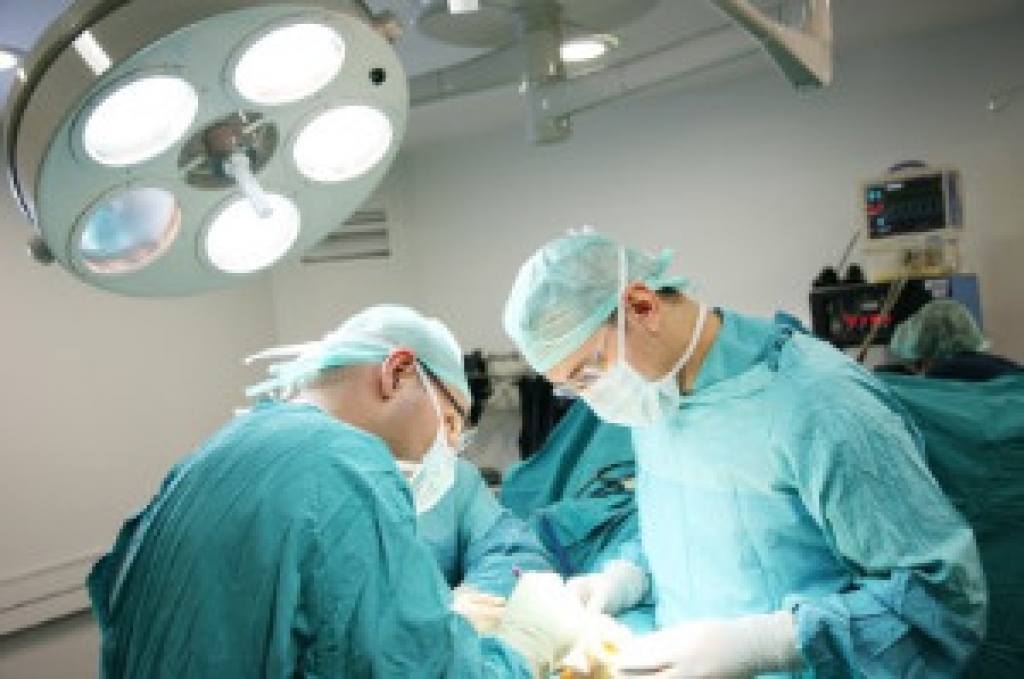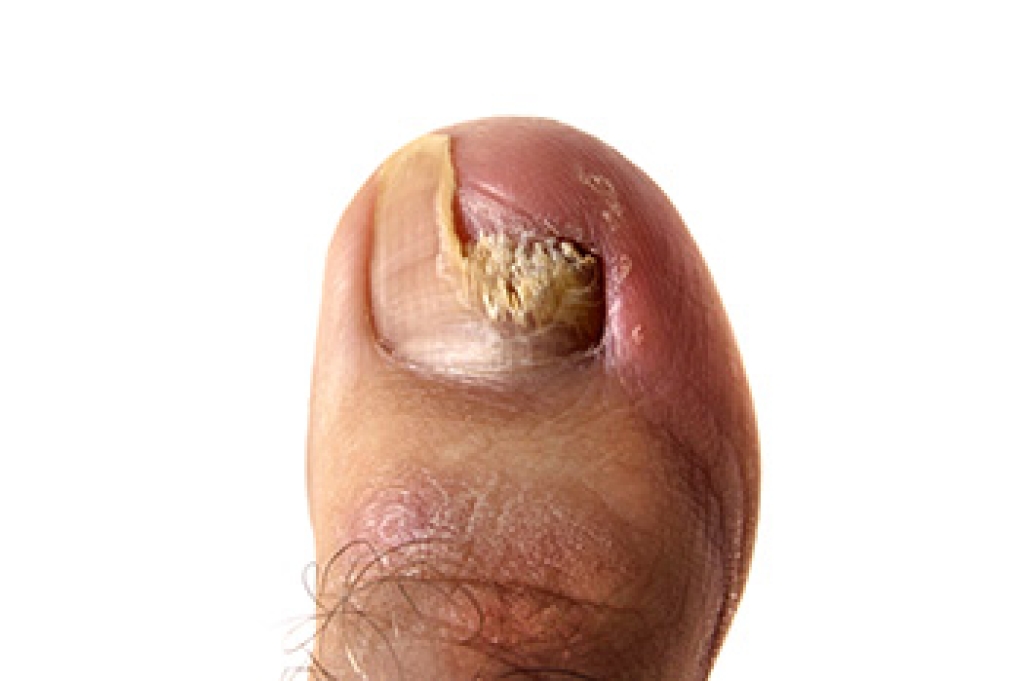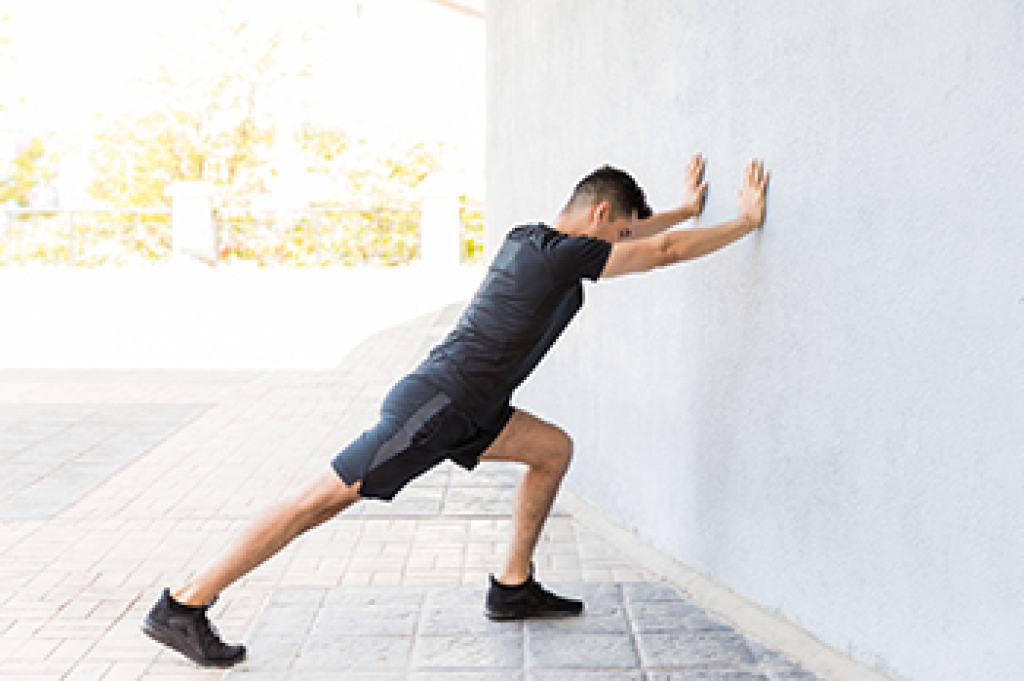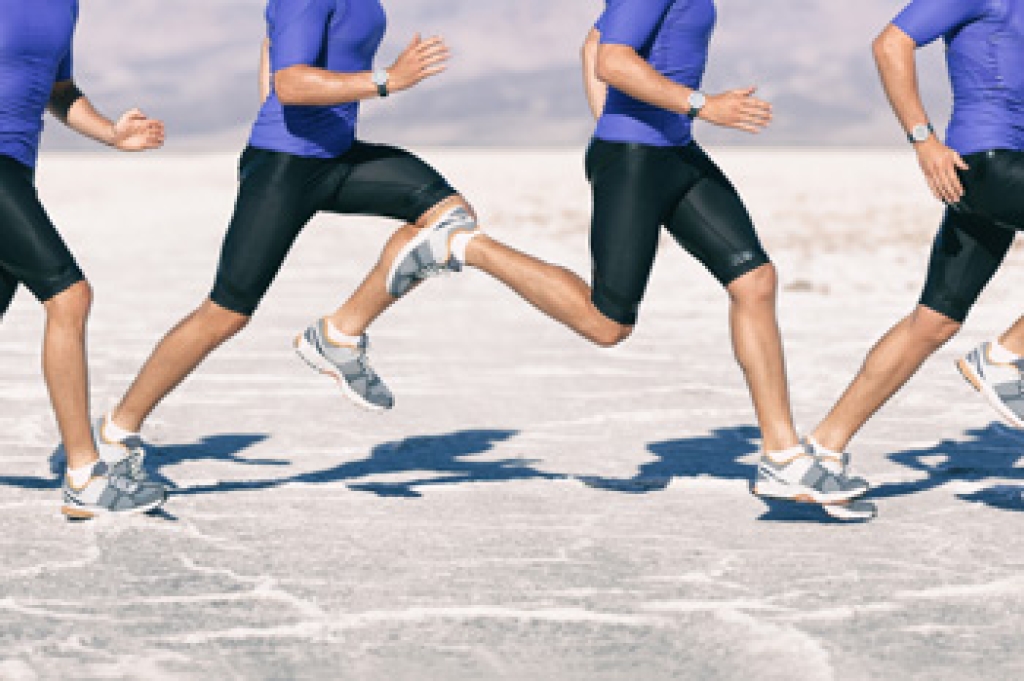
Severe cases of the foot condition that is known as plantar fasciitis may require surgery for better relief. The plantar fascia is found on the bottom of the foot, and it is the band of tissue that connects the heel to the toes. It can become damaged suddenly from an injury, or it may happen gradually from wearing shoes that do not fit correctly. A torn plantar fascia can result in developing plantar fasciitis and many cases can be successfully treated by wearing orthotics or by changing the shoes that are worn. Surgery is often a final option after less invasive treatments have proven to be ineffective. There may be risks that are associated with this type of surgery, including recurring heel pain, infection, or a delay in completing daily activities. If you have heel pain, it is suggested that you consult with a podiatrist who can properly diagnose this condition, and discuss surgery options, if applicable.
Foot surgery is sometimes necessary to treat a foot ailment. To learn more, contact Andrew Katz, DPM of Allcare Foothealth Center. Our doctor will assist you with all of your foot and ankle needs.
When Is Surgery Necessary?
Foot and ankle surgery is generally reserved for cases in which less invasive, conservative procedures have failed to alleviate the problem. Some of the cases in which surgery may be necessary include:
- Removing foot deformities like bunions and bone spurs
- Severe arthritis that has caused bone issues
- Cosmetic reconstruction
What Types of Surgery Are There?
The type of surgery you receive will depend on the nature of the problem you have. Some of the possible surgeries include:
- Bunionectomy for painful bunions
- Surgical fusion for realignment of bones
- Neuropathy decompression surgery to treat nerve damage
Benefits of Surgery
Although surgery is usually a last resort, it can provide more complete pain relief compared to non-surgical methods and may allow you to finally resume full activity.
Surgical techniques have also become increasingly sophisticated. Techniques like endoscopic surgery allow for smaller incisions and faster recovery times.
If you have any questions, please feel free to contact our office located in Palmdale, CA . We offer the newest diagnostic and treatment technologies for all your foot care needs.




